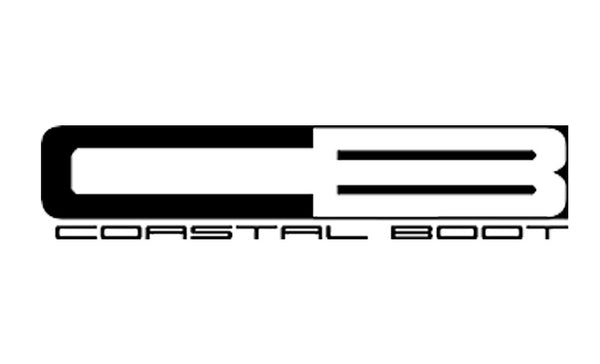
Electrical Hazard (EH) vs. Static Dissipative (ESD) and How to Care For ESD Footwear
Share
(EH) Electrical Hazard Safety Footwear
Electrical Hazard boots and shoes are designed to significantly reduce the flow of electricity that goes through the shoes and ground, which will in turn minimize the possibility of getting electrocuted. Electrical Hazard boots will always have an “EH” on the ASTM label, which is sewn into the inside of the boots.
Electrical Hazard boots are not meant to be the main source of protection in an electrical hazard environment. EH boots are designed to be used as a secondary source of protection. Soft-toe shoes and boots cannot be used as EH rated footwear.
(SD) Static Dissipating Safety and non-Safety Footwear
Static Dissipating safety shoes (and Static Dissipating soft-toe shoes) are designed to minimize the amount of static electricity build-up on your body. Although EH rated shoes must be safety shoes, Static Dissipating shoes can be either safety or non-safety. Static Dissipating shoes help protect against the dangers of static buildup in the workplace. ESD shoes conduct static electricity through the insole, linings, cement, outsole, and into the ground, helping regulate the buildup of electrical charge on a person’s body. Static Dissipating Safety Shoes and non-Safety Shoes must always be clearly labelled with an “SD” on the ASTM label sewn into the inside of the shoes.
In order for Static Dissipating shoes to work correctly you’ll need to make sure of the following:
- Never put in another type of insole into the shoe. Only use the specially designed Static Dissipating insole, otherwise the static electricity will not flow through the insole.
- If your insole becomes non-conductive you should replace the shoes immediately. If you do not your shoes will not dissipate static electricity.
- Your feet and socks should not be overly dry when wearing ESD footwear. Humidity is necessary for peak ESD performance. Avoid shoe powders, which could reduce humidity in the shoes.
- It’s important that the floor and sole of your shoe is always clean. If your sole is dirty with dust and other foreign matter it won’t be to maintain good contact with the floor, which means the static electricity will not be able to flow into the ground.
Static Dissipating Safety Shoes are mainly worn in computer component handling facilities, processing plants, and manufacturing facilities. That is because those particular environments cause a build-up of static electricity on the employees who are operating the machines and if the employee touches metal or another person they will feel a “shock”. Static Dissipating shoes can prevent this annoyance and discomfort, but the mats, floor, and machines need to be grounded as well to reduce the overall static electricity in the environment.
Depending on what type of job you have and the environment you work in you’ll need to wear adequate footwear.
How to Care For ESD Footwear
In order to ensure your ESD shoes are performing at their best they must be frequently maintained and regularly cleaned. Here’s what you should do every week to care for your ESD shoes:
- Use a mild soap to scrub the outsole. Keep your ESD shoe soles clean and free of dirt and other debris.
- Remove the insoles from your ESD shoes and vacuum the interior of the shoe and the insole. Keep the inside of your shoes very clean.
- Clean the upper of the shoes with a damp cloth.
Now that you know what EH boots and ESD shoes are and how to care for them you’ll be able to determine which boots/shoes are right for you.
